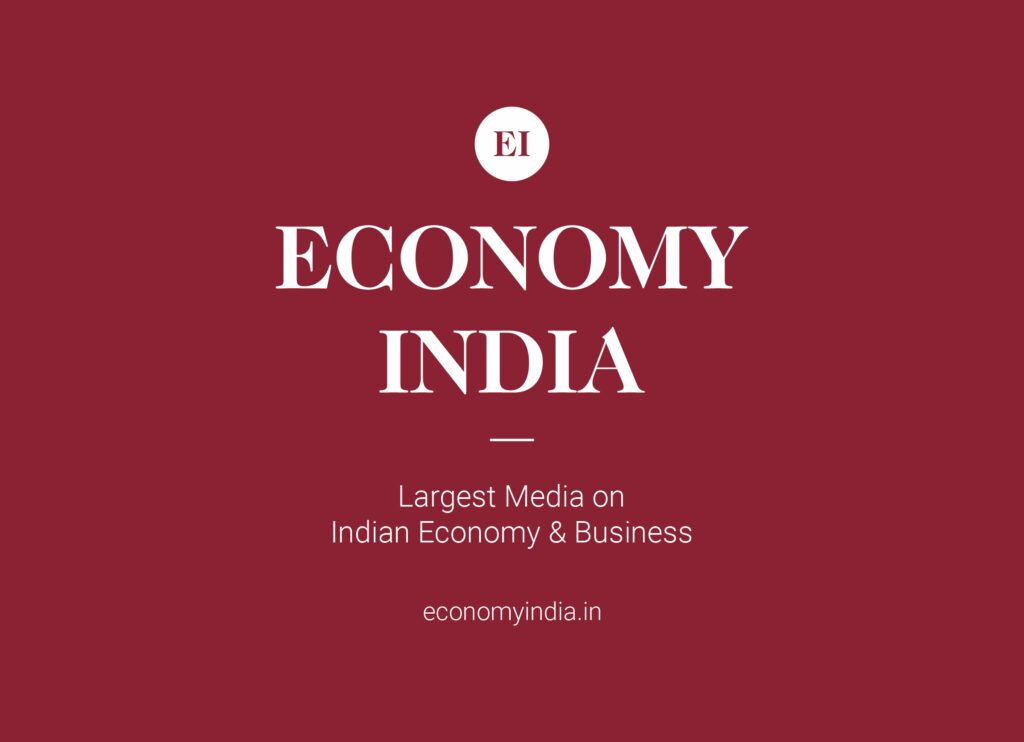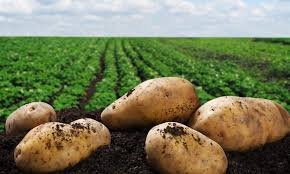Economy India Special Report | New Delhi
The Government of India is set to release the 21st installment of the Pradhan Mantri Kisan Samman Nidhi (PM-KISAN) on 19 November 2025, providing crucial financial support to more than 10 crore farmers across the country. Prime Minister Narendra Modi will personally initiate the Direct Benefit Transfer (DBT), under which ₹2,000 will be credited to each eligible farmer’s bank account.
This development comes at a time when the agricultural sector is dealing with market fluctuations, unpredictable weather patterns, and rising input costs. The installment is expected to provide timely relief to small and marginal farmers ahead of the Rabi season.
A Major DBT Push Ahead of Rabi Season
The timing of the installment release is particularly significant. November marks the beginning of sowing activities for wheat, mustard, chana and other major rabi crops. Farmers require liquidity to invest in seeds, fertilizers, irrigation, and land preparation.
The PM-KISAN installment aims to bridge this short-term financial gap.
Key utility areas include:
- Purchase of fertilizers and micronutrients
- Wheat and mustard seed procurement
- Labour charges for field preparation
- Maintenance of farming equipment
- Household expenses during the lean agricultural period
Financial Structure of PM-KISAN: A Quick Overview
Under the PM-KISAN scheme:
- Eligible farmers receive ₹6,000 annually
- The amount is divided into three installments of ₹2,000
- Funds are transferred directly to bank accounts
- Beneficiaries must complete e-KYC and land record verification
Since its launch in February 2019, the scheme has become the largest income support programme in Indian history, with more than 10 crore active beneficiaries.
States That Received Early Disbursement
The central government expedited the 21st installment for states hit by natural calamities.
States Paid on 26 September 2025:
- Punjab
- Haryana
- Himachal Pradesh
These states witnessed severe floods, landslides, and crop destruction, prompting advance release of funds to support farmer recovery.
State Paid on 7 October 2025:
- Jammu & Kashmir
Farmers in this region had also faced crop loss due to adverse weather conditions and required immediate assistance.
Farmers in all other states will receive their installment on 19 November 2025.
When Are PM-KISAN Installments Released? – Annual Calendar
The scheme follows a fixed cycle:
| Installment | Time Period | Amount |
|---|---|---|
| 1st | April – July | ₹2,000 |
| 2nd | August – November | ₹2,000 |
| 3rd | December – March | ₹2,000 |
The 21st installment falls in the second cycle (August–November).
20th Installment Released in August 2025: A Quick Recap
On 2 August 2025, Prime Minister Modi released the 20th installment from Varanasi, Uttar Pradesh.
Key highlights:
- 9.7 crore farmers received financial assistance
- Total disbursement was ₹20.84 crore
- Transfer was made in the presence of thousands of farmers and agricultural workers
This installment set the stage for the upcoming 21st release, ensuring continuity of support.
PM-KISAN: Growth, Impact and Structural Reforms Since 2019
Launched in February 2019, the scheme has evolved significantly to ensure transparency, accountability, and faster delivery.
Key improvements include:
- Mandatory Aadhaar-based e-KYC
- Integration of land record databases with state portals
- Real-time verification of beneficiaries
- Direct coordination between Centre and States
- Digital grievance redressal systems
These reforms have reduced duplicate beneficiaries and strengthened DBT accuracy.
Economic Impact on Rural India
PM-KISAN has emerged as a critical pillar of rural income support.
Impact Areas:
- Boosts consumption in rural markets
- Supports farm investments during sowing seasons
- Strengthens household stability for small farmers
- Reduces dependence on informal lenders
- Helps mitigate financial stress caused by climate uncertainties
Economists note that such DBT schemes provide immediate liquidity, which eventually contributes to rural demand, boosting sectors like fertilizers, equipment manufacturing, agro-inputs, and retail consumption.
Why PM-KISAN Matters: A Data-Driven Perspective
Since its launch:
- ₹3 lakh crore+ has been transferred to farmers
- Over 150 crore DBT transactions have been completed
- Scheme coverage includes all states and UTs
- Accounts for one of the largest financial inclusion programs globally
The scheme is also credited with improving digital banking usage in rural regions.
Challenges & Way Forward
Despite its success, some challenges remain:
Pending e-KYC cases
Several farmers in states like UP, MP, and Bihar have been temporarily excluded due to pending verification.
Land record digitization
Many regions still struggle with outdated or partially digitized land records.
Exclusion of tenant farmers
Tenant farmers are not covered under the current system since land ownership is a mandatory criterion.
Future Improvements Expected
Government sources indicate that the Centre is considering:
- Inclusion of contract/tenant farmers through verified tenancy certificates
- Integration of crop insurance data
- A unified centralised portal for all agriculture-related DBT schemes
These reforms could significantly increase coverage and effectiveness.
Political and Social Significance
Releasing the installment in November is politically and socially important, especially with several states heading into election cycles. Financial assistance to farmers strengthens the Centre’s rural outreach and demonstrates commitment to agricultural welfare.
Over the years, PM-KISAN has become one of the most recognisable welfare schemes among voters, often cited as proof of efficient governance.
What Farmers Should Do Before 19 November
Farmers are advised to ensure:
- e-KYC is completed
- Bank account is active
- Aadhaar is linked with bank account
- Land records are updated
- Status can be checked on the PM-KISAN official portal
This will ensure timely credit of the installment.
The release of the 21st PM-KISAN installment on 19 November marks another milestone in the government’s commitment to supporting India’s agricultural backbone. With more than 10 crore farmers set to benefit, the DBT transfer will bring essential financial relief ahead of the rabi season and reinforce the Centre’s ongoing focus on rural welfare, agricultural development, and strengthening farmer livelihoods.
(Economy India)












